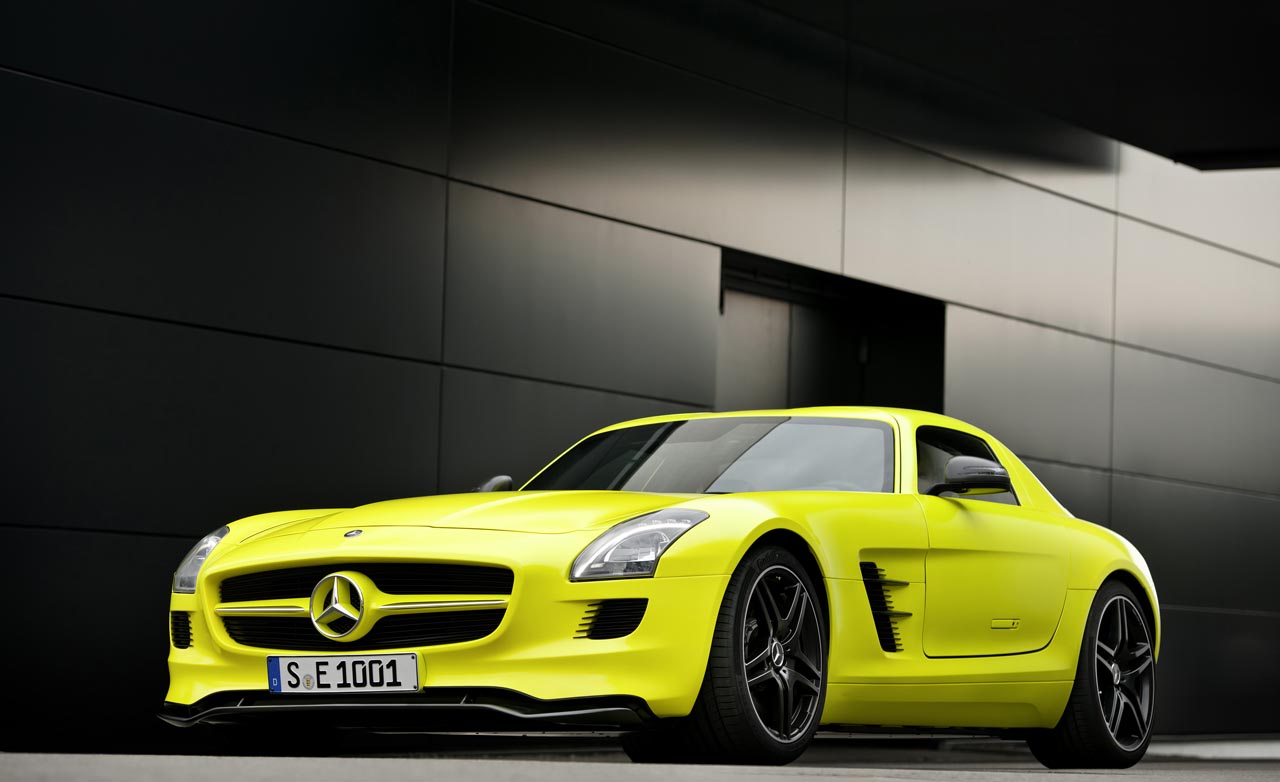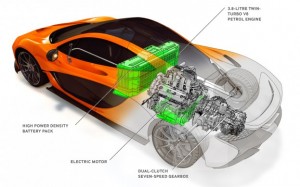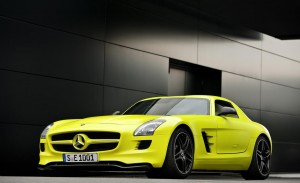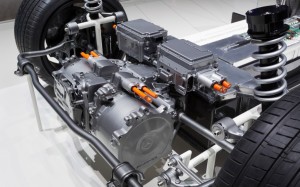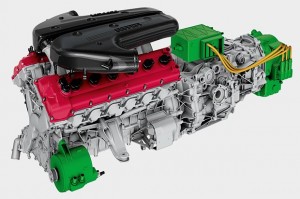**A Milesperhr Exclusive**
Let’s talk about sports cars.
First, a definition: a sports car sacrifices utility for driving pleasure, comfort for cornering speed, fuel-efficiency for fun-factor. A sports car has been a purpose-built tool without any concessions to added objectives…at least until recently.
A ‘Hybrid’ or ‘Electric’ production sports car just a decade ago wasn’t just “future-talk,” it wasn’t really discussed at all. There were a few loonies tinkering away in their garages, but manufacturers were not involved in anything more than projects like the original Honda insight…and that couldn’t roll faster than a child’s pedal-powered Big Wheel. Yet presently, we have several of these technological marvels in our midst with many more on the way: the Porsche 918 Spyder, the new McLaren P1, the Ferrari LaFerrari; they all promise remarkable performance and fuel efficiency (get the full specs on these cars by visiting Autoblog Canada). For the first time, a sports car offers every bit of driving euphoria we’ve come to expect, without requiring its own oilrig.
Federal regulations calling for drastically increased fuel efficiency and decreased CO2 emissions mean electric vehicle (EV) technologies have breached the performance car market urgently. Enthusiasts fear these hybrid and EV sportscars are neglecting the passionate engineering and visceral connection that has positively characterized the auto industry for decades. Fortunately, do the concepts of being a performance-vehicle enthusiast and being environmentally conscious are no longer mutually exclusive. A range of new resources, engineering methods, and devoted contributors has made alternatively powered sports cars incontrovertibly cool.
For decades, the emissions and fuel efficiency regulations seemed to apply to every new-car segment in the market, except sports cars. Now, with more governmental regulation and more stringent standards, these exclusive machines must adhere to years of developing regulations, almost immediately. According to the Department of Transportation and the Environmental Protection Agency, all passenger cars and light trucks sold in the United States must get an overall average of 35.5 miles per gallon by 2016. Comparatively, the average combined mpg for a 2012 Porsche 911 Carrera, the company’s iconic sports car, is 22mpg. The Obama administration is considering bumping these regulations to 54.5 mpg’s for all cars and light trucks by 2025, as reported by the NHTSA. These requirements seem excessive compared to the current 27.5 mpg US standards, but with environmental benefits, brand image, and legality to consider, US automakers are finally adapting their engineering methods to their performance models, with impressive results.
In an article by Daniel Neil of The Wall Street Journal, he notes that, “Pedigreed manufacturers from Mercedes-Benz to Ferrari are ‘fettling’ the next generation of mind-blowing sports cars, and they all have some kind of whopping battery on board.” Several analysts have negative opinions of these “whopping batteries,” but this technology doesn’t have to interfere with a sports car’s soul. Adrenaline-pumping forward motion is what the majority of enthusiasts are after, and cars like the Capstone CMT-380 with a 150-mph top speed and a 0-60 mph run below 4 seconds (which is quick enough to embarrass a Maserati Gran Turismo S), deliver that rush. Lithium-ion batteries power the CMT-380, which doesn’t contribute a single CO2 emission to the atmosphere.
Many other electrically-aided performers are currently available or are set for production, including the Lotus 414E Hybrid, a first for the manufacturer. There’s also the Tesla Model S. Yes, by some definitions it isn’t sports car, but if you consider the 2012 BMW M5 a world-class performance vehicle, you might want to watch Automobile’s drag race between these rivals. If a battery-powered four-door saloon embarrassing Bavaria’s best doesn’t objectively prove that the auto world has changed, maybe the model S’s sub-$80k price-tag will.
Some enthusiasts complain the lack of engine roar and exhaust burble is enough to make them ignore arguments for hybrid/EV sports cars. Admittedly, the only sound to be heard from the new Tesla model S is a queer whine. Still, if you can call upon the same childish emotions that make you giggle when driving a V8 muscle car, you might imagine that strange whine sounds like a bolt-on supercharger. Manage that, and you’ll permit your other senses to enjoy the performance. If not, try not to be too surprised when a Tesla spanks you between the next pair of stoplights. The reality is this: the public demands more efficient alternatives and stone-aged enthusiasts’ desires for traditional driving factors need an update.
Alas, the largest hurdle for some is the added expense for these innovative models. Presently, this is a valid concern, though great automakers like Porsche, Mercedes, BMW, GM, and Ford, along with EV technology manufacturers are applying their best minds to these new mechanics, meaning accessibility will broaden and prices will drop. Already, Porsche has the 918, Mercedes has the SLS AMG E-cell, BMW has the i8, and Ferrari has worked KERS in its upcoming LaFerrari. The results are coming, rapidly.
Enthusiasts can and should embrace emerging hybrid and EV technologies. By all means, keep the 428 Shelby Cobra (if you’re lucky enough to own one) for primeval fun now and then, “save the manuals”, and bore out those cylinders, but let the nouveau sports car show you what it’s made of…I promise you’ll be shocked.
**Do you think auto enthusiasts should be worried? Will EV or other technologies ruin the soul of the sports car?**

